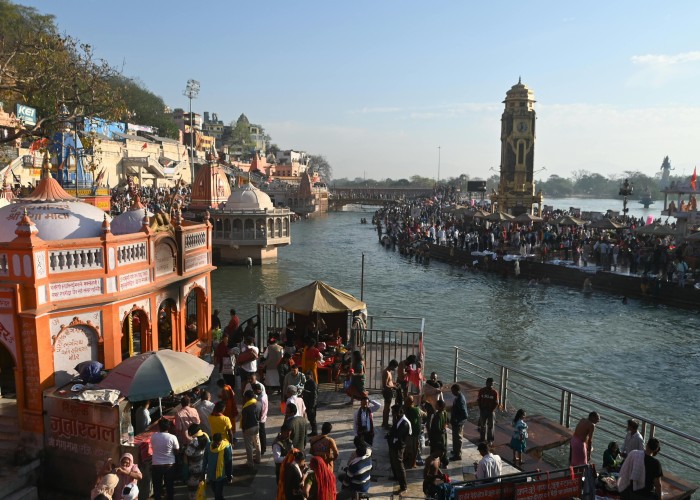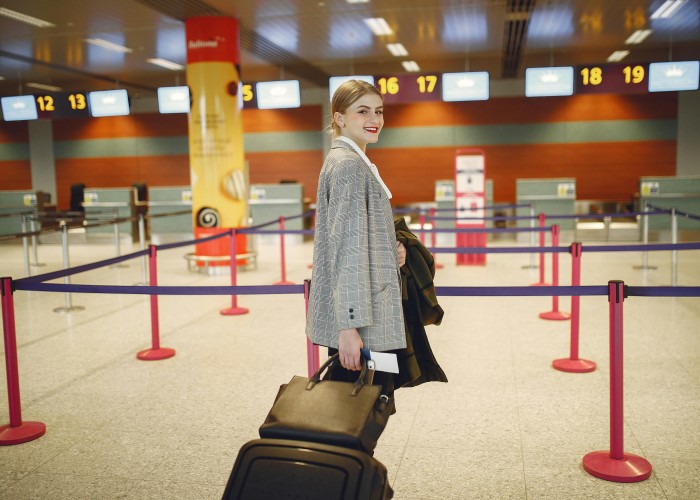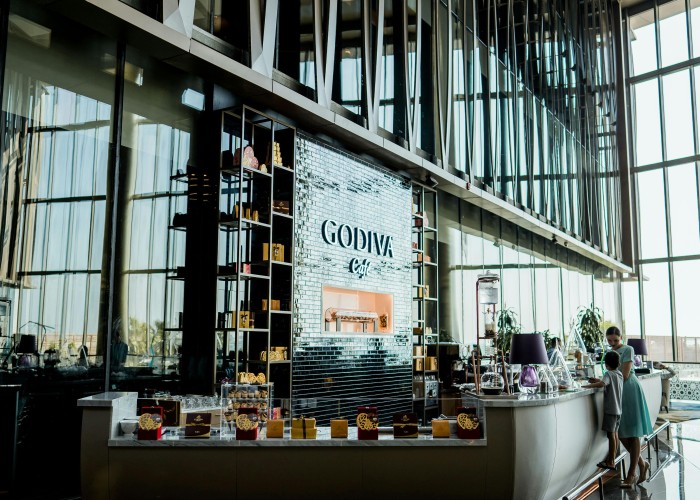The Kumbh Mela is one of the world’s largest religious gatherings, attracting millions of devotees and tourists to India. It is a grand festival celebrated every 12 years at four sacred locations: Prayagraj (Allahabad), Haridwar, Nashik, and Ujjain. The festival is famous for the ritual bathing in sacred rivers, which Hindus believe cleanses sins and brings spiritual merit. Beyond its religious significance, Kumbh Mela is a vibrant display of Indian culture, spirituality, and traditions. Kumbh Mela Pilgrimage Tour: Complete Guide for Travelers.
Best Time to Visit
The timing of Kumbh Mela depends on the location and astrological calculations:
- Haridwar Kumbh: January to April
- Prayagraj Kumbh: January to March (Maha Kumbh every 12 years)
- Nashik Kumbh: July to October
- Ujjain Kumbh: April to July
Maha Kumbh occurs once every 144 years at Prayagraj and attracts even larger crowds.
How to Reach Kumbh Mela
By Air
- Nearest Airports:
- Prayagraj: Prayagraj Airport (PRY)
- Haridwar: Jolly Grant Airport (Dehradun, 55 km away)
- Nashik: Ozar Airport (Nashik)
- Ujjain: Devi Ahilya Bai Holkar Airport (Indore, 55 km away)
- Domestic flights connect these airports to major cities in India.
By Train
- Indian Railways operates special trains during Kumbh Mela to handle the massive influx of pilgrims.
- All four cities are well connected to major Indian cities like Delhi, Mumbai, Kolkata, and Bangalore.
By Road
- Regular buses, taxis, and private vehicles are available.
- Government authorities often provide dedicated routes and traffic management for smooth travel.
Entry Fees and Permits
- General Entry: Free for all visitors and pilgrims.
- Special Access or VIP Areas: Some areas may require passes during crowded days.
- Accommodation Booking: Government and private facilities may charge nominal fees.
- Fees and permits are subject to change based on government regulations and security measures. Kumbh Mela Pilgrimage Tour: Complete Guide for Travelers.
Food Availability and Meal Options
Kumbh Mela provides a variety of food options catering to pilgrims and tourists:
- Local Indian cuisine: Simple meals like dal, rice, roti, and vegetables.
- Street food: Chaat, samosas, and other regional snacks.
- Community kitchens (Langars): Many religious organizations provide free meals.
- Beverages: Tea, coffee, and bottled water available at multiple points.
Packing List and Essentials
To make your pilgrimage comfortable, carry:
- Clothing: Light cottons for daytime, warm layers for evenings. Modest attire is preferred.
- Footwear: Comfortable walking shoes or sandals.
- Accessories: Sunglasses, hat, and scarf.
- Hydration: Reusable water bottle.
- Essentials: Small first aid kit, medications, hand sanitizer.
- Documentation: Photo ID and any necessary permits.
Safety Tips and Local Regulations
- Follow crowd management guidelines to avoid congestion.
- Stay hydrated and protect yourself from sun exposure.
- Keep belongings secure and avoid carrying unnecessary valuables.
- Respect religious practices and maintain decorum at sacred sites.
- Pay attention to official announcements regarding health and safety.
Tips for First-Time Visitors
- Plan your visit during weekdays or less crowded dates if possible.
- Start early in the morning to avoid peak crowd hours.
- Use public transport or shuttle services provided by authorities.
- Carry light bags to make navigation easier through dense crowds.
- Be patient and respectful; Kumbh Mela is as much about spirituality as adventure. Kumbh Mela Pilgrimage Tour: Complete Guide for Travelers.
Local Customs and Cultural Etiquette
- Greetings: Use Namaste when addressing locals or fellow pilgrims.
- Photography: Seek permission before photographing individuals, especially sadhus and monks.
- Behavior: Maintain quiet and decorum near temples and riverbanks.
- Waste Management: Dispose of litter responsibly; follow instructions of volunteers.
FAQ Section
1. How long does Kumbh Mela last?
Typically, the festival spans 1-3 months, with main bathing days attracting the largest crowds.
2. What is the difficulty level of attending Kumbh Mela?
Attending is moderately easy physically, but walking long distances and navigating large crowds requires stamina.
3. Are restrooms available?
Yes, temporary restroom facilities and portable toilets are set up throughout the venue.
4. What is the altitude of the Kumbh Mela locations?
- Prayagraj: 98 meters
- Haridwar: 314 meters
- Nashik: 584 meters
- Ujjain: 494 meters
5. Is Kumbh Mela safe for children and elderly?
Yes, but supervise children carefully and avoid peak crowd hours. Elderly should use walking aids if necessary.
6. Are there medical facilities?
Yes, emergency medical tents and hospitals are available on-site.
7. Can foreigners attend Kumbh Mela?
Absolutely. Foreign tourists are welcome, but carry valid ID and follow local regulations.
8. How to plan accommodation during Kumbh Mela?
Government-run and private guest houses offer rooms, but booking early is recommended due to high demand.
9. Are there cultural performances during Kumbh Mela?
Yes, many religious and cultural events, devotional songs, and spiritual discourses take place during the festival.
Conclusion
The Kumbh Mela pilgrimage is a spiritual journey unlike any other. Beyond the massive gathering of devotees, it offers an opportunity to witness India’s vibrant culture, traditions, and sacred rituals. Proper planning, adherence to safety measures, and respect for local customs ensure that visitors from the USA, UK, Australia, Germany, and other countries have a meaningful and memorable experience. Whether you are attending for religious reasons or cultural curiosity, Kumbh Mela is a must-see event in India’s spiritual calendar. Kumbh Mela Pilgrimage Tour: Complete Guide for Travelers.






Leave a Reply